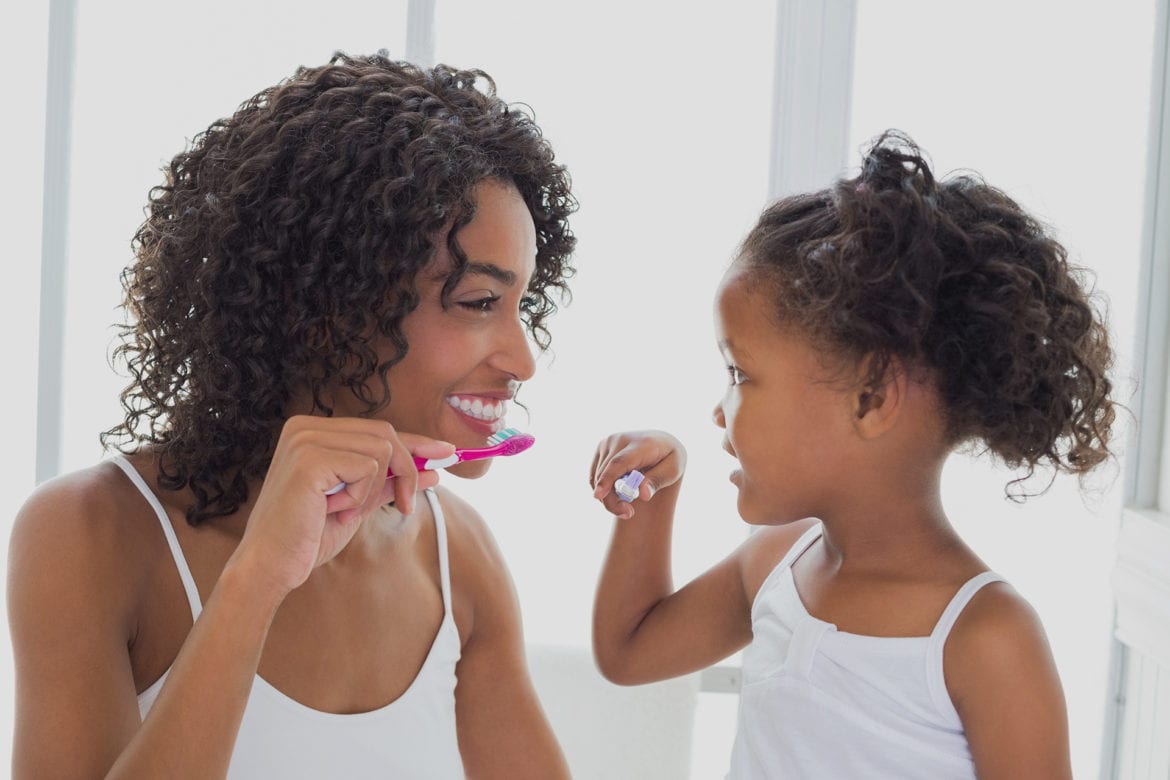Few things bring such unbridled joy as a child’s smile. Yet far too many of these young smiles are put at risk every day because the importance of oral health to overall health remains overlooked within our health system. February marked National Children’s Dental Health Month, but the conversation shouldn’t stop. We must examine why this critical aspect of a child’s healthy future hasn’t been prioritized and how we can make sure all California children get the dental care they need in order to thrive.
First, let’s acknowledge that having coverage does not ensure access. While the federal government requires states to provide dental benefits to children covered by Medicaid and the Children’s Health Insurance Program, according to 2020 data reported by Medicaid, only 41.5 percent of eligible children actually received preventive dental care that year.
Various things contribute to this gap, but all of them demonstrate how social determinants of health drive oral health disparities. From a lack of providers who accept Medicaid patients to difficulty finding culturally competent care to transportation challenges and more, lower income families and communities of color face greater barriers to oral health care.
As a pediatric dentist working in a local community health center, I see the results of this in my practice. The diversity of our patients and their families is astounding. We get the privilege of providing care for recent refugees and immigrant families, as well as families who have lived in our community for years.
The beauty of diversity also comes with the responsibility of elevating the cultural competence of our services. However, we often find ourselves stretched thin attempting to provide adequate translation services for parents, coordinating care with other health specialties or explaining the importance of oral health to parents. Children frequently present to our clinic already with infections and in pain. Treating these urgent needs often feels like we are trying to stop a storm surge with very few sandbags.
How can we address the gap between having benefits and using them? Focus on education and access.
Many parents delay dental care until their kids’ permanent teeth come in because baby teeth are temporary. While we do lose our baby teeth, we don’t lose what makes our mouths ripe for cavities: bacteria, unhealthy eating habits, infrequent brushing and flossing. Children as young as age 1 should have their first dental appointment and can begin learning effective oral hygiene habits at home.
Cavities are one of the most common chronic diseases among U.S. children. Data from the Centers for Disease Control and Prevention shows that more than half of children ages 6 to 8 have had a cavity in at least one baby tooth. Unsurprisingly, children from low-income families, who are twice as likely to have cavities, fare worse than children from higher-income households, who face fewer barriers to accessing care.
But we can improve oral health education and access for those who need it most in our state. We should start by supporting school-based dental programs — many of which were shut down during the pandemic — that provide essential access to oral health education and care resources. Let’s work to bring these back so every child already attending school gains access to oral care.

